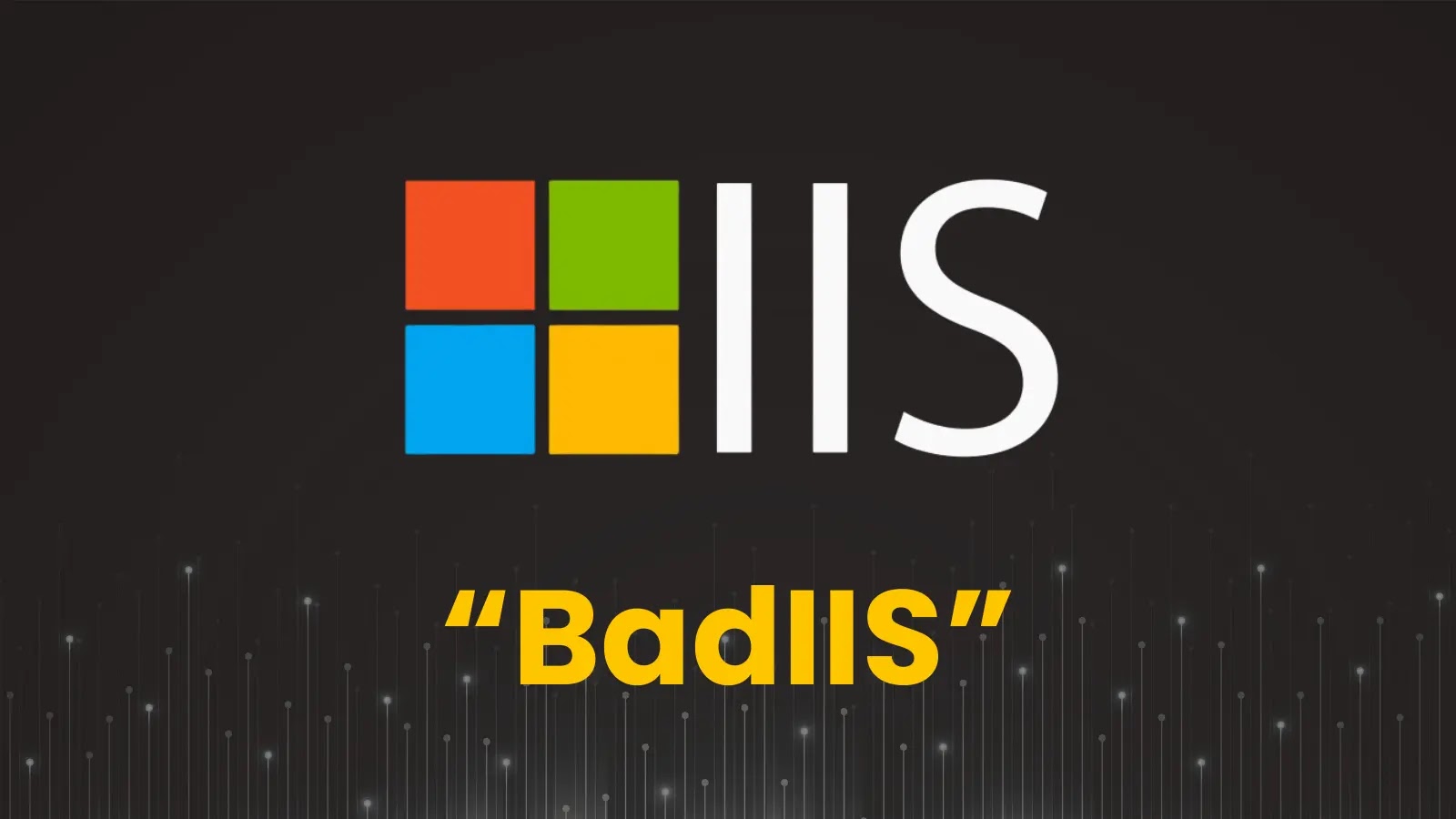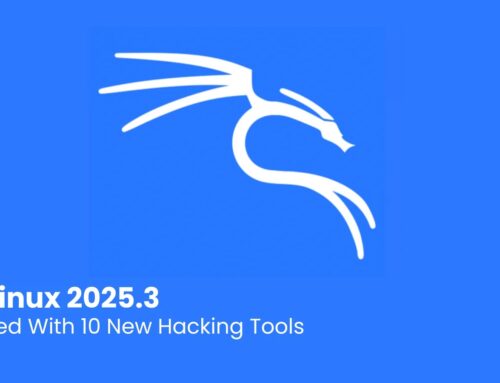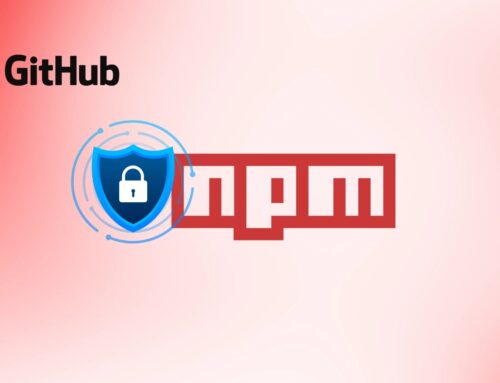
Hackers Hijacking IIS Servers Using Malicious BadIIS Module to Serve Malicious Content
Unveiling Operation Rewrite: How BadIIS Modules Hijack Your Servers and Poison Search Results
In the relentlessly evolving landscape of cyber threats, the integrity of web servers and the trustworthiness of search engine results are under constant assault. A significant new campaign, dubbed “Operation Rewrite,” has emerged, actively exploiting Microsoft Internet Information Services (IIS) servers. This sophisticated attack leverages a malicious IIS module, cunningly named BadIIS, to perform widespread search engine optimization (SEO) poisoning, serving malicious content to unsuspecting users. Palo Alto Networks uncovered this operation in March 2025, attributing it with high confidence to a Chinese-speaking threat actor. Understanding this threat is paramount for any organization reliant on IIS infrastructure.
What is Operation Rewrite and the BadIIS Module?
Operation Rewrite represents a calculated effort by threat actors to compromise IIS web servers and manipulate search engine rankings. At its core is the BadIIS module, a malicious extension designed to integrate seamlessly into the IIS server environment. Once installed, BadIIS allows attackers to intercept and modify legitimate web traffic, injecting their own nefarious content into search results. This technique, known as SEO poisoning, redirects users searching for specific keywords to malicious or scam websites, often disguised as legitimate services or software downloads. The primary goal is typically financial gain, achieved through phishing, malware distribution, or other fraudulent schemes.
How BadIIS Compromises IIS Servers
The attackers behind Operation Rewrite exploit vulnerabilities or misconfigurations in IIS servers to gain initial access. While the specific initial access vectors are not detailed in the provided information, common methods include:
- Exploiting unpatched vulnerabilities: Attackers often target known weaknesses in IIS or underlying operating systems. While no specific CVEs were mentioned for this campaign’s initial access, organizations must remain vigilant.
- Weak credentials: Brute-forcing or credential stuffing against administrative interfaces remains a prevalent attack vector.
- Compromised third-party software: Vulnerabilities within applications hosted on IIS servers can also provide an entry point.
- Phishing: Direct attacks on IT personnel to steal credentials that grant access to server infrastructure.
Once access is established, the attackers deploy the BadIIS module. This module then acts as a covert gateway, allowing them to control the content served by the compromised server selectively, specifically for search engine bot traffic or targeted user requests.
The Mechanics of SEO Poisoning with BadIIS
SEO poisoning is a subtle yet effective tactic. Instead of directly defacing a website, BadIIS dynamically alters content based on specific conditions, such as the user agent (to target search engine crawlers versus human users) or referring URLs. Here’s how it generally works:
- Traffic Interception: BadIIS sits within the IIS request processing pipeline, allowing it to inspect and modify HTTP requests and responses.
- Content Injection: When a search engine crawler or a user originating from a search results page accesses the compromised server for specific keywords, BadIIS injects malicious links, redirects, or entirely fabricated content.
- Keyword Targeting: Attackers meticulously research high-value keywords to maximize their reach and lure unsuspecting users into their traps.
- Evasion Techniques: To avoid detection, BadIIS often employs cloaking, serving legitimate content to direct visitors or security researchers while presenting malicious content to targeted victims or search engine bots.
Remediation Actions and Prevention Strategies
Protecting your IIS servers from sophisticated threats like Operation Rewrite requires a multi-layered security approach. Organizations must prioritize proactive security posture management and rapid incident response.
- Patch Management: Regularly apply security patches and updates for IIS, Windows Server, and all installed applications. This is perhaps the single most critical preventative measure.
- Strong Authentication: Implement strong, unique passwords for all administrative accounts and enforce multi-factor authentication (MFA) wherever possible.
- Principle of Least Privilege: Ensure that IIS applications and services run with the minimum necessary permissions. Review and restrict access rights for all users and processes.
- Web Application Firewall (WAF): Deploy a WAF to filter and monitor HTTP traffic between web applications and the internet. A WAF can help detect and block malicious requests attempting to exploit vulnerabilities.
- Regular Security Audits: Conduct frequent security audits of your IIS configuration, web applications, and server environment to identify misconfigurations or potential weaknesses.
- Integrity Monitoring: Implement file integrity monitoring (FIM) to detect unauthorized changes to critical IIS files, configurations, and web content.
- Log Analysis: Monitor IIS access logs and Windows event logs for suspicious activity, unusual traffic patterns, or error messages that might indicate a compromise. Tools for Security Information and Event Management (SIEM) can greatly assist in this.
- Endpoint Detection and Response (EDR): Utilize EDR solutions on your servers to detect and respond to malicious activities, including the potential deployment of unauthorized IIS modules.
- Review IIS Modules: Periodically review the list of installed IIS modules. Any unfamiliar or unauthorized module should be immediately investigated and removed. Known malicious modules, like BadIIS, should be actively searched for.
- Geo-Blocking and IP Filtering: If your services are limited to specific geographical regions, consider implementing geo-blocking or IP filtering to restrict access from high-risk locations.
Relevant Tools for Detection and Mitigation
Leveraging the right tools can significantly enhance your ability to detect and mitigate threats like BadIIS.
| Tool Name | Purpose | Link |
|---|---|---|
| Microsoft Log Parser Studio | Advanced IIS log analysis for detecting suspicious patterns | Download Center |
| Microsoft Message Analyzer (deprecated, consider alternatives like Wireshark/ETL parsing) | Network protocol analysis, useful for traffic inspection | Documentation |
| Nessus (Tenable) | Vulnerability scanning for IIS servers and associated applications | Tenable Website |
| Acunetix | Web application vulnerability scanning for applications hosted on IIS | Acunetix Website |
| CrowdStrike Falcon (EDR) | Endpoint detection and response for server protection | CrowdStrike Website |
| OWASP ModSecurity Core Rule Set (CRS) | Open-source WAF rule set for detecting common attacks | CRS Project |
Key Takeaways for IIS Defenders
Operation Rewrite underscores the critical need for robust server security and constant vigilance. The BadIIS module represents a sophisticated attack vector that leverages IIS extensibility for malicious ends, specifically SEO poisoning. Organizations running IIS servers must prioritize comprehensive patch management, implement strong access controls, and actively monitor their server environments for indicators of compromise. Proactive defense, coupled with rapid incident response capabilities, is essential to counter these evolving threats and protect both your infrastructure and your users from malicious content.





